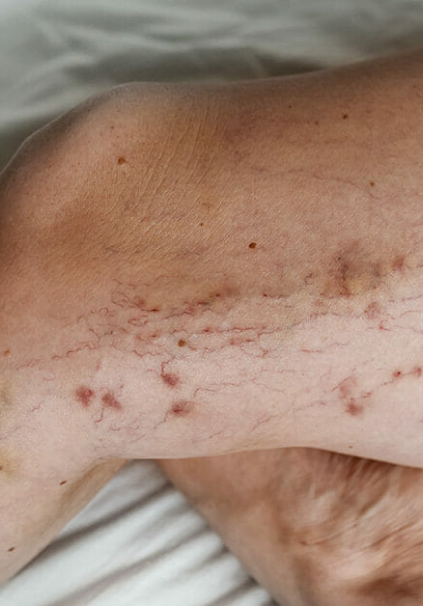
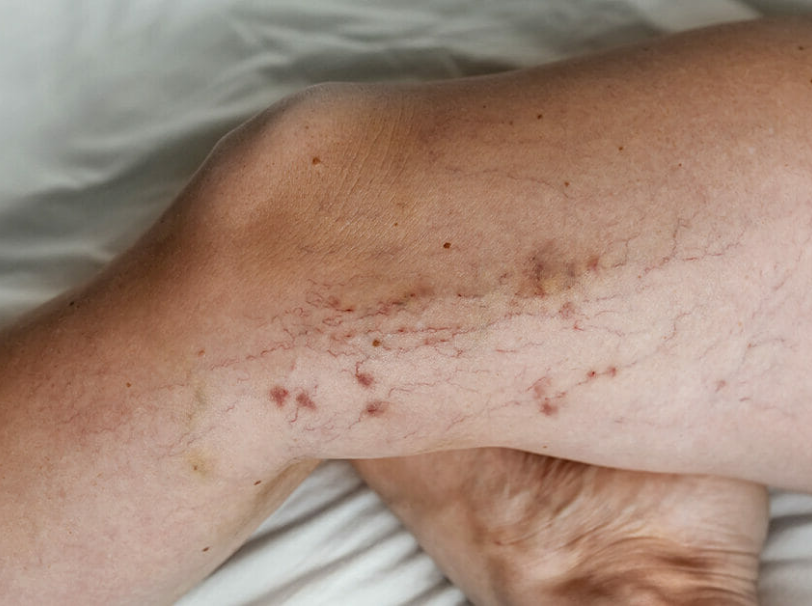
Are a subset of vascular diseases that mainly affect the veins of the legs and pelvic region. These conditions not only have the potential to severely curtail or diminish an affected person’s quality of life but might give rise to chronic, possibly life-threatening complications if not checked in good time.
There are various options available to vascular specialists in the treatment and management of these ailments, and those are briefly covered below.
Radiofrequency Ablation is a minimally invasive, image-guided procedure used to treat varicose veins. An RFA utilizes high-frequency radio waves directed through a thin tube to create intense heat within the varicose vein. It works by closing up the varicose vein, thereby preventing the flow of blood through it. With this pathway closed, blood will be forced to redirect its course, thus flowing through other healthy vessels. This will also redirect the blood flow into healthy veins to allow the blood to return to the heart. This will result in the elimination of the bulging, swelling, and discomfort of the varicose veins and the provision of an optimal passageway for blood flowing back to the patient’s heart. Performance of this operation is carried out on an outpatient basis, with minimal recovery times and discomfort following

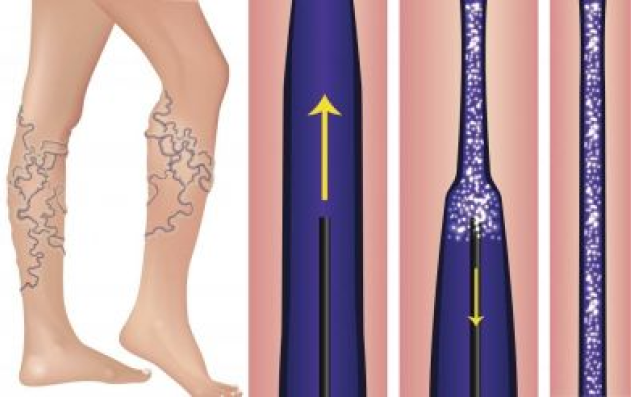
This is another procedure considered minimally invasive. What happens here is that the physician will inject a sclerosing solution into the affected veins. This technique is suited to the treatment of reticular, spider, or varicose vein conditions. It works by blocking up the affected veins, thereby improving the visible symptoms of the condition gradually. To achieve this result, treatment will take place over the course of multiple therapy sessions spanning several months before completion, depending on the extent or severity of the patient’s condition.
This refers to a procedure involving removing affected varicose veins utilizing tiny incisions made upon the patient’s skin. Carried out under local anesthesia (patient is awake the whole time, with only the area under operation being numbed), it is a minimally invasive technique usually carried out on an out-patient basis.
The incisions themselves will leave very minimal scarring on the skin surface, or none at all in many cases. After the procedure, patients will be required to wear compression stockings for between 1-2 weeks, although they can resume their normal daily activities almost immediately after their appointment.
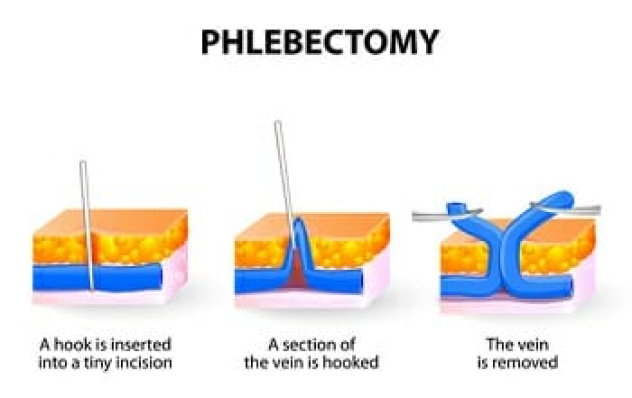
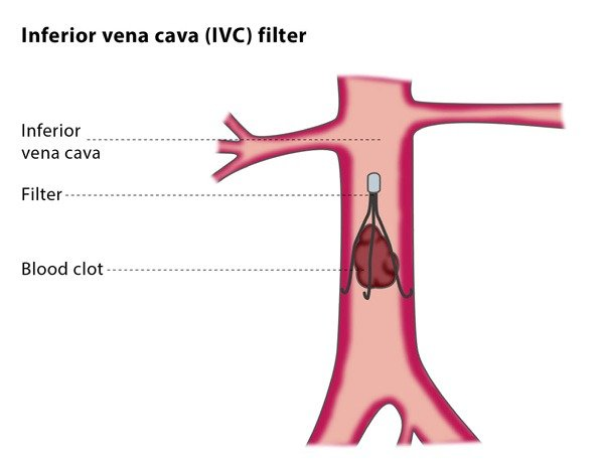
Deep Vein Thrombosis (DVT) is the condition whereby blood clots form in the veins of a person’s pelvis or legs, and these are capable of breaking apart and having them travel up the patient’s bloodstream into their lungs. This situation is referred to as an embolism. This procedure typically will only be used by our vascular specialists if they believe that mechanical thrombectomy or thrombolytic therapy (thrombolysis) might not be considered suitable for one medical reason or another. Click to learn more about IVC Filter Placement and Removal.
In most cases, patients who are given a diagnosis of deep vein thrombosis (DVT) will have a treatment regimen of anticoagulants, blood thinners, and the use of compression stockings prescribed to them in efforts to encourage the natural healing of their bodies.
The prescription of blood thinners and anticoagulants will keep blood clots from increasing in size or shifting into the patient’s heart or lungs but will not in themselves eliminate the clots or ensure that clots do not form in the future. The solution our specialists offer clients in these instances is the option of removing the DVT-affected vessels through a procedure known as a Mechanical Thrombectomy.
Another procedure that is very similar to thrombectomy is thrombolysis. This is where our vascular specialists will use a combination of a thrombolytic agent is injected to the nearest access or blockage site. The agent will reside within the affected area until the blood clot is broken down. Click here to learn more about thrombolytic therapy/thrombolysis treatment.
The physicians at Pedes Orange County devote their lives to saving limbs and minimizing pain. Our conveniently located, state-of-the-art facility is designed for your comfort and utilizes cutting-edge technology to provide minimally invasive treatments. Our vascular surgeons and vascular specialists are board-certified and some of the best in Southern California. Personable staff members make every visit a positive experience, with short wait times and an efficient, streamlined process that ensures you leave feeling educated and confident that you are in good hands.

Vascular Specialist

Vascular Specialist

Vascular Specialist

Vascular Surgeon
he conditions mentioned above can be severely debilitating if left to run rampant, not to mention the potentially chronic or perhaps fatal outcomes possible should they be left to run rampant. At Pedes Orange County, the highly trained and experienced vascular specialists are on hand to give each patient coming through their doors personalized and thoroughly effective management and treatment solutions using the latest medical technology available. Get in touch now and book your consultation.
This measure is most commonly prescribed for patients with a known history of recurrent Deep Vein Thrombosis (DVT) or considered at high risk of developing the condition. Our specialists will prescribe this measure for those patients for whom other measures, such as blood-thinning therapy, thrombectomies, or thrombolysis, might not be considered suitable for one medical reason or another.
In this procedure, they will employ state-of-the-art filters that are retrievable so that the patient can either leave it in as a permanent implant or have it removed later on when the danger of embolism is considered past.

Your treatment will begin with an ultrasound examination of your veins, arteries, or both, in your legs to diagnose the presence and extent of the disease. Your test results will be immediately available to review with the doctor.
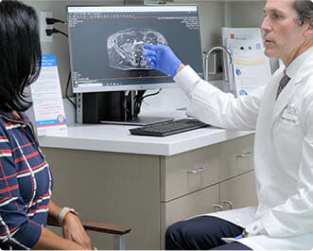
Once we review the results of your diagnostic tests, our physicians will help you develop a plan to provide you with the best treatment for your disease.

Your treatment will begin with an ultrasound examination of your veins, arteries, or both, in your legs to diagnose the presence and extent of the disease. Your test results will be immediately available to review with the doctor.

Your treatment will begin with an ultrasound examination of your veins, arteries, or both, in your legs to diagnose the presence and extent of the disease. Your test results will be immediately available to review with the doctor.

Learn more about our treatment options

Learn more about our what to expect

Return to the interactive body page
Treatments
Diagnostic Testing
Arterial Treatments
Venous Treatments
Women’s Health